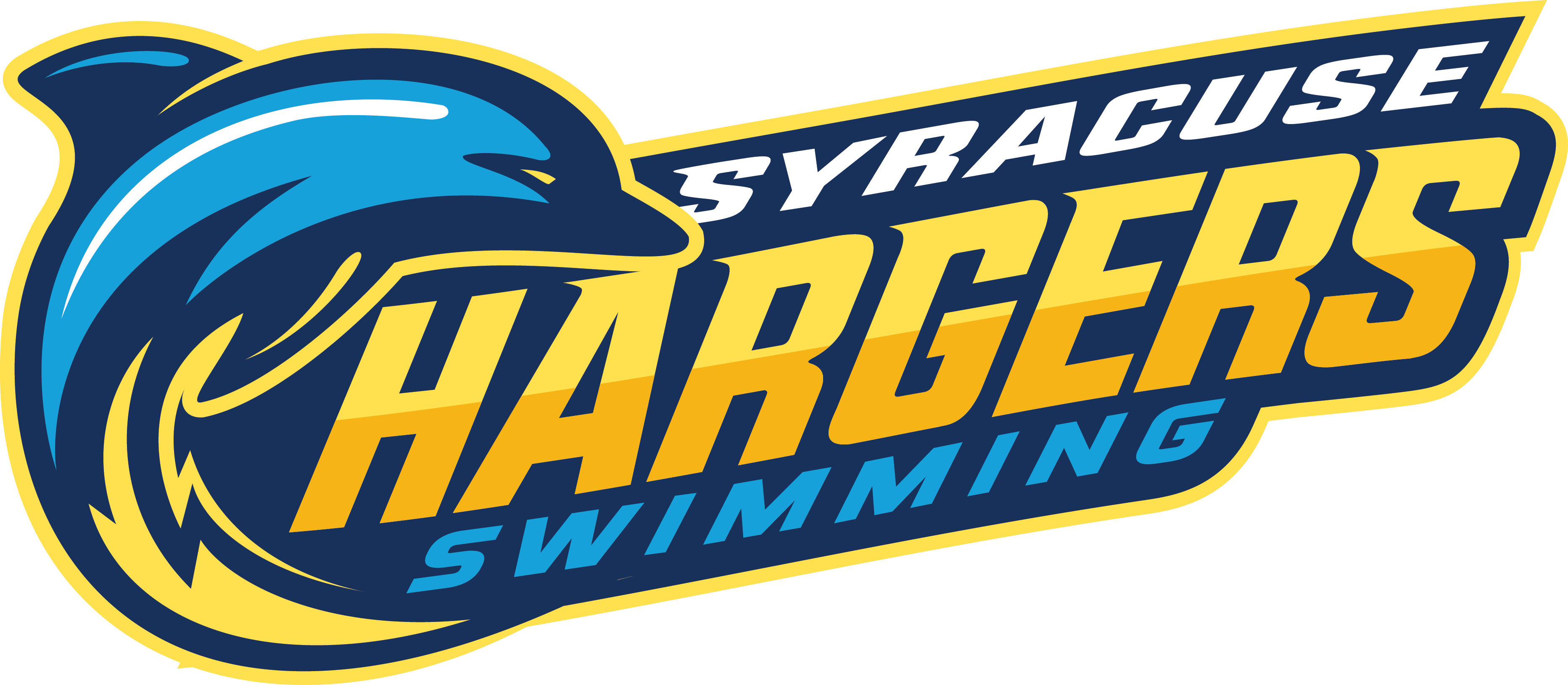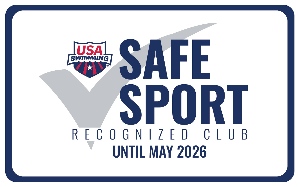Swim Meets 101
General Format:
Each meet is broken down into sessions. There can be as many as 14 and a little as 1. Warm-up generally starts 45-60 minutes prior to the start of the meet. It is crucial for all swimmers to warm up properly. Without warm-up, severe injuries can occur.
In each session, there are events. Events are generally separated by gender, age, stroke and distance. The events may be separated by age group, gender or all together. Each meet is unique. The meet announcement for the specific meet will have it listed how the meet events will be competed. Those will be posted on our event page on our website.
Within each event, there are heats. Generally speaking, the heats are seeded slowest to fastest. Heat one is usually the slowest based on seed time. Also, those entered with no time (NT) are generally in the first few heats. The last numerical heat is the fastest based on seed time.
In some meets, there are high point winners. The place in which a swimmer finishes corresponds to a point value. In each age group, a high point winner may be declared. In some meets a high point team may also be declared. This is why some meets have more emphasis than others on our calendar.
Usually, our goal is to finishes as high as possible at the season culminating meet, The Niagara LSC Championships.
Where do we go?
When you arrive at a meet (at least 15 minutes prior to warm-ups), there are four important places to locate.
1.) The Pool. This is where the competition occurs. The defined pool deck area is limited only to athletes, coaches, officials, and meet personnel. Anyone else on deck may be asked to leave and their athlete may be barred from further competition.
2.) The Gym or Team Gathering Point. Here, we try to sit with our team and keep our belongings together. Athletes usually wait here with their teammates and parents prior to and after their races. The Clerk of Course, if there is one is usually located at the team gather place.
3.) The Locker room. This is where all changing must occur. “Deck Changes” or changing in the gym or public area is prohibited and sanctions for doing so can be severe, including disqualification from the meet. No video recording devices are allowed.
4.) Spectator Area. This is where the parents gather and watch the athletes compete. At some facilities you may be able to stay in the same seat all session. At other meets it may be wise to come and go.
What should we bring to a swim meet?
Each family’s list varies, but here is a general list of things that are important to bring:
For the Athlete:
-A few towels
-Team Bathing suit preferred or a suit they are comfortable wearing
-2 pairs of goggles
-Sandals to wear in gym and on deck
-Swim Bag
-Clothes to wear over suit (ie: ones that may get wet)
-Second set of clothing to leave the meet in
-Team apparel
-A blanket, sleeping bag, pillow or chair to sit on. This is important for when swimmers are in the gym.
-Food they like
-Water or sports drink
-Sunscreen for outdoor meets
-Make sure whatever you bring comes home with you.
For Mom and Dad (and little siblings):
-Chairs
-Book, Newspaper, tablet, laptop
-Small Bills or Coins - usually, concession stands and program sales do not carry much change.
-Pen and a Highlighter or Sharpie.
-Food or snack.
-Shorts and or sandals. If you are helping at the meet time, it may be important to have footwear that can get wet.
-Water or sports drink. It gets hot in the stands.
How does my athlete know where to go?
Programs will either be posted or for sale, this depends on the meet host. These programs tell you the heat and lane of each swimmer in each event of the whole meet. They range in cost, from Free up to 5-10 per session.
Some meets will have a Clerk of Course. These volunteers line up athletes so they know when to get ready for the races. They are called up by event number, so it is important to know what event number your athlete is in. When ready, the clerk of course will escort the athlete to the pool deck for their race. If there is no clerk of course, the swimmers will be on deck with the coaches, the coaches will help them get to where they need to be.
After the race concludes, your athlete needs to stop and talk to his or her coach prior to leaving the pool deck.
Once your swimmer is finished with all their events, check in with a coach to make sure there is nothing else, then you can leave the meet. You do not need to remain until the final event in the session.





